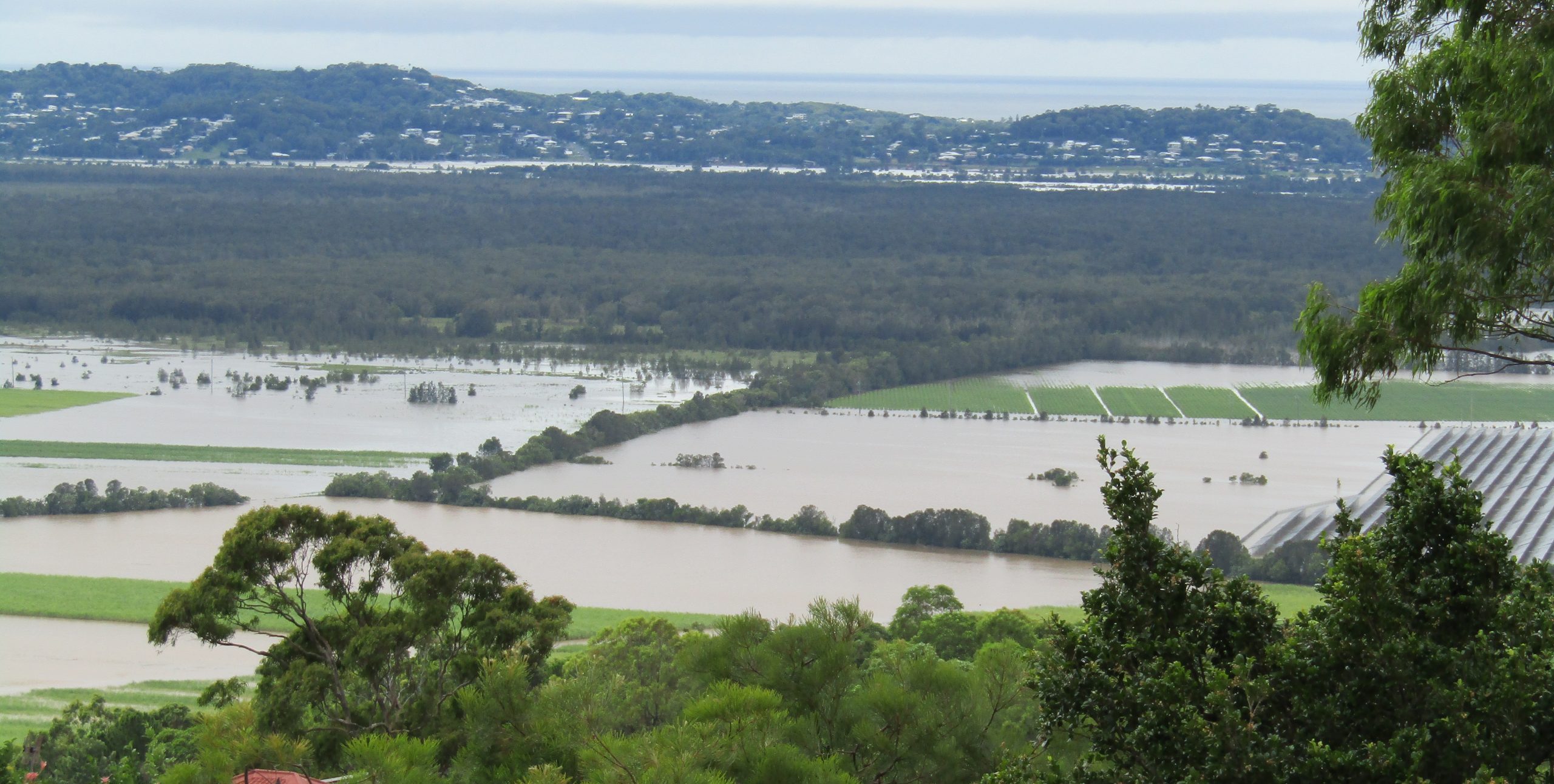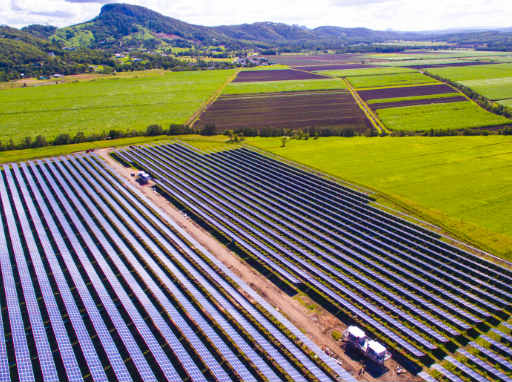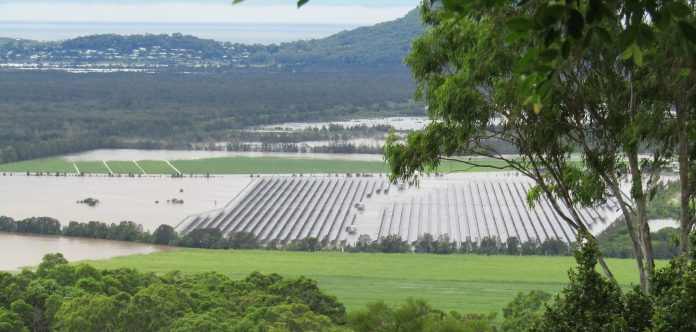Sunshine Coast Council has faith in a solar farm that flooded last summer, as the region faces another torrential wet season.
The $50.4m Sunshine Coast Solar Farm was turned offline in February, after the 24ha parcel of land at Valdora was swamped.
The 15MW facility was disconnected from the Energex grid for 11 days and a full inspection of the site was carried out, after rising waters from extreme rainfall lapped rows of solar panels.
No crucial infrastructure for operational performance was impacted and Council defended the location of the farm.
No extra precautions have been taken ahead of a third straight La Nina season.
A council spokesperson said the land was expected to be inundated at times but key components of the farm were above the major flood level.

“Council reviewed the performance of the solar farm and related plans (after last wet season) and found that all performed to expectation,” the spokesperson said.
“Prior to building the Sunshine Coast Solar Farm (in 2016), a comprehensive flood study, based on the 2014 Maroochy River Flood model, was undertaken by an industry leading consultancy and council.
“This informed the design and construction of the solar farm that was tailored to the cane land site and the expectation that at times it would become inundated.
“All key components within the solar farm, including electrical equipment, solar panels, inverters, and switchboards, are situated well above the major flood level and the highest flood levels ever recorded in the area (3.4m in 1992).”
The spokesperson said the farm was built on that particular site because of its proximity to a 33kV overhead electricity feeder, the land’s large size and its flat terrain to capture sunlight.

The Sunshine Coast Council was the first local government in Australia to build, own, and operate its own solar farm.
The spokesperson said it was an award-winning facility “that continues to provide savings to council and reduce council’s operating costs.”
“It delivers benefits to our environment, offsetting more than 100 per cent of council’s electricity consumption, demonstrating Sunshine Coast Council’s commitment to be Australia’s most sustainable region.
“The key objective of the solar farm project is to provide a renewable source of electricity to Council sites at equivalent or lower whole of life cost than traditional supply arrangements.
“Over the five years to June 30, 2022, the solar farm has achieved this objective.”
“In that period, the solar farm generated 141 GWh of electricity offset 105 per cent of Council’s 134.7 GWh of electricity consumption for the period and created 138,280 Large-scale Generation Certificates.”
SUBSCRIBE here now for our FREE news feed, direct to your inbox daily!





